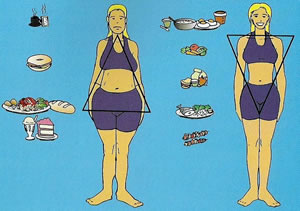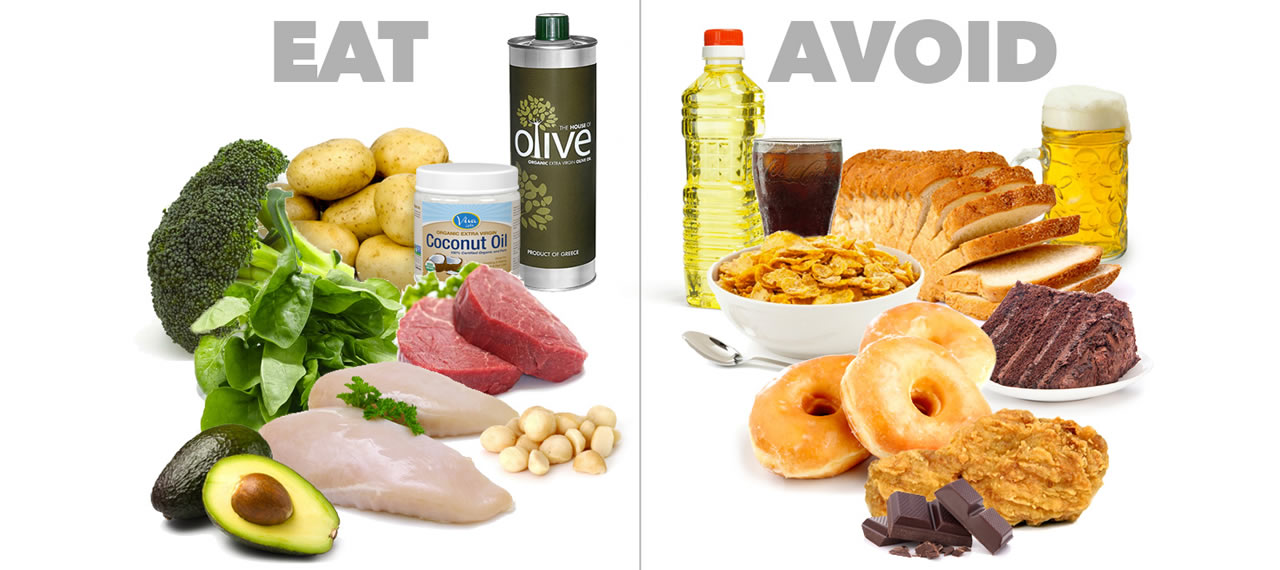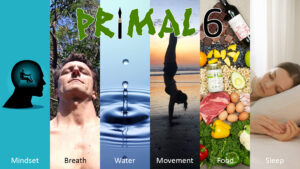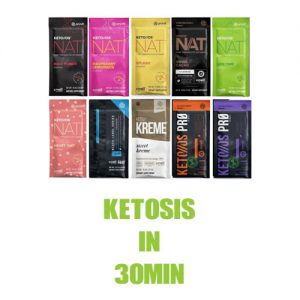Have you been exercising and dieting consistently for a while and are not seeing the changes you want in your body? Are you eating less but still not losing weight? Then it’s time you stopped expecting to get a different result out of the same practices. It’s time to change your approach!
Food is the answer
Exercise is important to attaining a lean, energy filled body, but food is even more important. The majority of experts and non-experts alike are proposing that food alone makes up 70% of the puzzle for attaining a lean, high-energy body.
If you’ve been dieting, your body is likely starved for nutrients, is storing fat to prepare for famine, and is not functioning properly enough to regulate your weight. The old days of exercising like crazy and eating little food, in order to produce weight loss, are long gone, as this has been proven unsuccessful time and time again as a long term answer to losing stubborn body fat (not weight) and keeping it off. In most cases it puts fat back on, plus more than when you started! How many times have you been on diets and seen your weight fluctuate up and down like a yo-yo? The madness of food restriction (i.e. dieting) doesn’t work. Stop kicking for a goal that isn’t there.
Instead, eat plenty of nutritious whole plant and animal foods to nourish your body back into a healthy state. Once your body has nutrients and energy, your weight will balance naturally.
Eat every three to four hours
Research from The European Journal of Clinical Nutrition proposes that you should eat 4-6 smaller meals throughout the day rather than 2-3 large meals (1). The digestive process actually uses energy to breakdown the food you consume. Depending on the food you eat, a rough estimate of the time this takes is three hours. You will keep your metabolism (the rate of energy your body uses to keep you functioning) burning more by eating again at the 3-4 hour mark (stoke the fire more). If you go without eating for 4-5 hours or more, then your body (being as smart as it is) prepares for starvation, slows down your metabolism and can also store extra fat from your next meal as backup energy, just in case you don’t eat regularly enough again. Eating nutritious food regularly throughout the day will also keep away cravings and ensure you don’t grab a sugary snack when you become too hungry between meals.
Avoid too many high GI foods
The Glycemic Index (GI) is a scale from 0-100 that rates foods on their digestive speed and entry into the blood stream. 0 = low and 100 = high. Every food containing carbohydrate digests faster or slower depending on the amount and type of carbohydrate in the food. This affects the production of a hormone that your body produces called insulin that will hinder your fat loss goals if you are eating high GI foods. This doesn’t mean, however, that all low GI foods are good for you. It is just one indicator which can help us determine for example, which type of rice or fruit works better for us.
Carbohydrates are no longer classified as ‘complex or simple’. Studies show that different types of ‘complex carbs’ such as potatoes, pasta, and rice, may have completely different G.I. values, therefore causing different rising and dipping levels of insulin. Visit www.mendosa.com/gilists.htm to get an overview of which foods are high G.I. You don’t have to use this as an exact science, but learning about the different types of carbohydrates will help you avoid the ones that are inhibiting your health and weight loss goals.
Eat more protein
Eating more protein at each meal is proven from both a scientific view and practical view to be very effective at maintaining a leaner body for the majority of people that have been consistent with this eating plan. Unlike carbohydrate, protein doesn’t cause the body to produce insulin in response to its consumption. It fills you up for longer and is needed for growth and repair of just about every cell in your body. Regular weight training and exercise can theoretically cause micro-damage to your muscles during training and needs repair from protein, to make the muscle stronger and bigger, in turn increasing your metabolism and fat burning potential. Protein also satisfies your appetite for longer, alleviating the need to always munch on high GI sugary foods to get you to your next big meal.
The best sources of protein are free-range or wild poultry, pasture-fed or wild red meats, wild fish, and eggs. There are also smaller amounts of protein in raw dairy foods, legumes and nuts, which are great for adding protein to smaller meals or snacks. It takes a bit more planning and preparation to include protein at every meal, but the way you will look and feel makes it more than worth it.
Eat more natural fats
In products labelled low-fat or no-fat, the fat is usually replaced with something detrimental to your health and weight loss goals. The replacement is usually refined high GI carbohydrates which elevates your insulin levels and makes you put on more fat! Furthermore, good-quality unprocessed animal and plant fats are needed for numerous functions in the body, including to regulate metabolism and weight!
The best sources of animal fats are the dark meat and skin of free-range or wild poultry, pasture-fed or wild red meats, wild fish, eggs, and raw dairy. Sources of good-quality plant fats are avocados, nuts and seeds, coconut (milk, cream, oil), and olive oil.

Eating less all day leads to binge eating at night.
Eat more food, more often for a balanced body.
(Drawing from The C.H.E.K. Institute)
Abandon old practices if they don’t work
The bottom line is, change requires change. You can’t expect to see a change in your body if you’ve been doing the same thing over and over and haven’t produced a positive result. In the last century, consumption of low-fat foods and high GI carbohydrates steadily increased, but so did obesity! Doctors, dieticians and nutritionists have been promoting this type of diet for years (starting with the food pyramid in school), yet it is clearly not working as our waistlines continue to expand. Make a change in your diet today and experience some wonderful changes in your body.
Isn’t it great news that in order to lose weight, you don’t have to starve yourself or exercise hard, but actually eat more?! Are you ready to change your approach today?
References:
1/ Verboeket Van De Venne W P H G. Westerterp K (1991). Influence of the feeding frequency on nutrient utilization in man consequences for energy metabolism. European Journal of Clinical Nutrition 45 (3). pp.161-170.
Eat More to Lose Fat, Increase Muscle Tone and Have More Energy – March 2013








